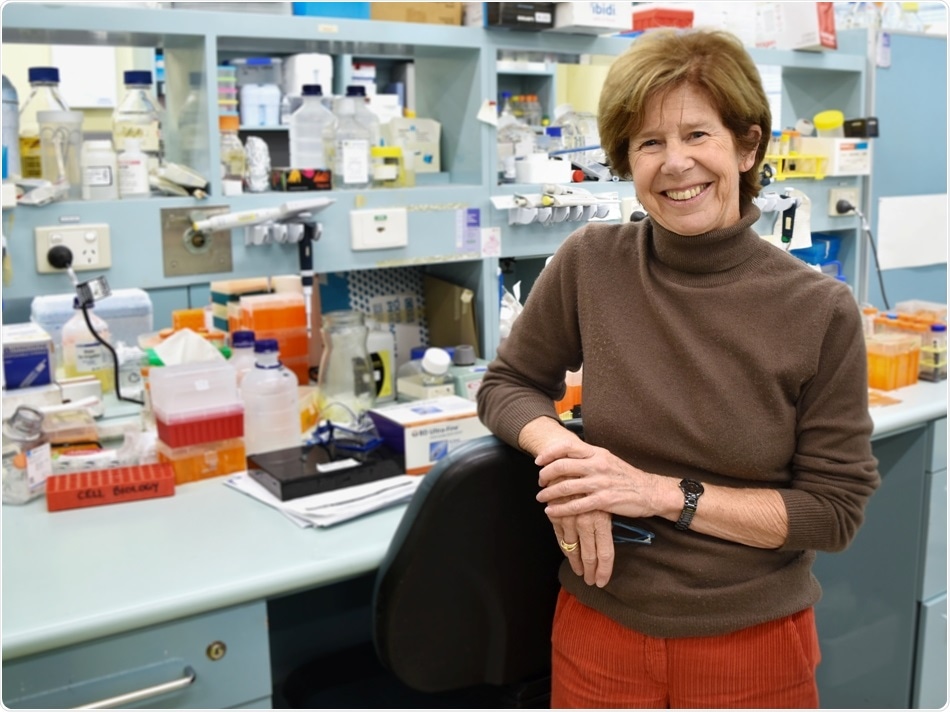Researchers from the Centenary Institute have discovered a potential new therapy for cerebral cavernous malformations (CCMs), a devastating disease that often affects young people and can result in stroke and seizures.

Professor Jennifer Gamble
Using mouse models, the researchers found that use of the drug, CD5-2 helped normalize the vascular disorders, and inhibited the development and reduced the size of existing lesions.
The study was published in the highly respected international science journal PLOS Biology.
“CCMs are vascular lesions comprising clusters of abnormally thin and leaky blood vessels. Stroke or seizures can occur when blood from these vessels leaks into the surrounding brain tissue. We can’t predict when this will happen or how frequently,” said senior author on the research paper Professor Jennifer Gamble, Head of the Vascular Biology Program at the Centenary Institute.
Most often, people don’t realize they have the disease until they have an event such as a seizure. Currently, there is little in the way of effective medical treatment for CCMs except for surgical removal of the most dangerous lesions which is limited by the size and depth of the lesions.”
Professor Jennifer Gamble, Head of the Vascular Biology Program at the Centenary Institute
In the study, Professor Gamble and collaborators were able to show that a protein called VE-cadherin, critical to maintaining a healthy blood vessel lining, was seen at lower levels in mice with CCM lesions.
“We then used the drug CD5-2 to elevate VE-cadherin levels, resulting in a reduction in the lesions that were present in our CCM mice,” said Professor Gamble.
The drug CD5-2, developed by the Centenary Institute and collaborators was initially designed to combat the development of solid cancers by reducing and repairing damage caused by inflammation in blood vessels. It has since been found to have other potential benefits including as a treatment to prevent sight-loss in people with diabetes.
Our research journey with CD5-2 is exciting. CD5-2 is a drug that improves leaky blood vessels and this is a feature of many chronic diseases. We have now shown that CD5-2 is a potential novel therapy for CCMs, a disease with surgery as the only option, and that not always possible, especially if patients have multiple lesions. This discovery could lead to the first effective, non-invasive treatment option for CCMs which would be truly heartening for sufferers.”
Professor Jennifer Gamble
Professor Gamble believes that CD5-2 may yield even further health benefits with research into the drug and other disease areas still ongoing.
Source:
Journal reference:
Li, J., et al. (2020) Targeting miR-27a/VE-cadherin interactions rescues cerebral cavernous malformations in mice. PLOS Biology. doi.org/10.1371/journal.pbio.3000734.